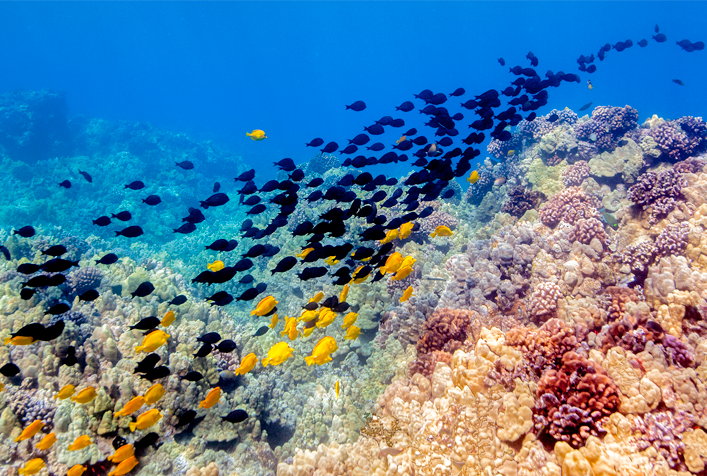Coral Reef Management Socioeconomic Monitoring Survey

Project Brief
The Challenge
Coral reefs play a key role in the economy and culture of states and territories throughout the United States, including Hawaii, Puerto Rico, Guam, and the Commonwealth of the Northern Mariana Islands. To monitor and better manage coral reef jurisdictions, the National Oceanic and Atmospheric Administration’s National Coral Reef Monitoring Program surveys residents of each jurisdiction every five to seven years. However, several factors have made it challenging to collect representative data, including the remoteness of many residents; lack of internet penetration in some jurisdictional areas; declining response rate to traditional phone-only surveys; and lack of numeric addresses in many remote areas, which makes it difficult to mark the need for return visits for in-person surveys. These conditions have made it challenging for NOAA to complete the number of surveys needed. NOAA contracted with ERG to provide support.
ERG's Solution
ERG assembled a team of statisticians, data analysts, and survey implementation experts to implement the survey in Hawaii, Puerto Rico, Guam, the CNMI. For Hawaii, our team designed and implemented a multi-mode survey with a drive-to-web mailing and follow-up phone calls to all non-respondents to ensure response collection in areas with low internet penetration. Thanks to the drive-to-web component, we easily achieved NOAA’s goal for the number of completed surveys, while also reaching more remote populations. Because phone surveys were not feasible in Puerto Rico, Guam, and the CNMI, we designed and developed a tablet-based survey. This approach served a dual purpose. It enabled our team to conduct in-person surveys in multiple languages (e.g., Tagalog, Spanish Chamorro, Carolinian, Korean) and mark the result (completed, refused, or needs a return visit) at each location. We used the resulting data to inform next steps and calculate an accurate response rate by geographic strata. We also dropped post cards off in these locations to give potential respondents the option of completing the survey over the web, which further increased response rate. ERG’s approach was successful in gathering the data NOAA needed. Our team analyzed the survey and provided a final survey report to NOAA on the knowledge, attitudes, and perceptions of coral reefs, which NOAA has been using to improve programs that protect the reefs.
Client
National Oceanic and Atmospheric Administration